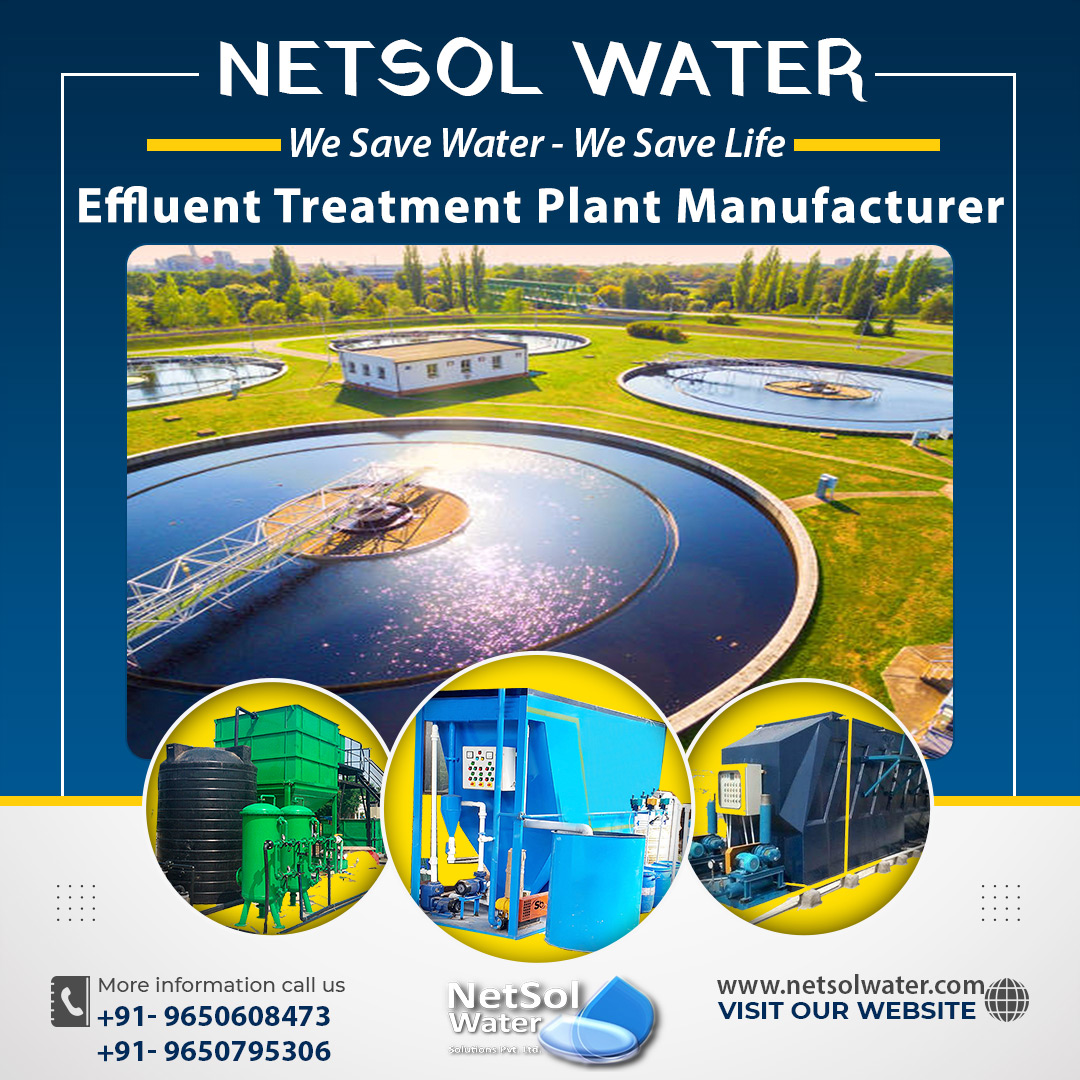What is an effluent?
Effluent is the stream that exits a chemical reactor and is an outflow of water or gas from a natural body of water or a human-made building. It's also known as processed or untreated wastewater that comes from a treatment plant, sewage treatment facility, or industrial outlet.
What is the purpose of primary treatment in ETPs?
The main goal of this treatment is to remove floating and settleable contaminants such as suspended particles and organic waste. Physical and chemical approaches are used in this treatment. It contains the following:
Flocculation is a physical process that includes combining destabilized particles into big aggregates so that they can be easily removed from the wastewater.
Coagulation is a procedure in which coagulants are introduced to a liquid to help minute solid particles settle quickly into a bigger bulk.
Neutralization: The major goal of this step is to keep the pH between 6 and 9 to fulfil the needs of the various processing units in the ETP system.
Primary Clarifiers: These are used to restrict the flow of water to the point where organic materials sink to the bottom of the tank, and they also contain equipment’s for removing floating solids and greases from the surface.
Where is power consumed in an effluent treatment plant?
With the help of an Effluent Treatment Plant (ETP), wastewater, i.e. untreated effluent, is converted into Treated Effluent. Most effluent treatment facilities are enormous, complex operations, treating a million gallons or more a day. All this translates into high power consumption.
The treatment procedure consumes the most energy in the effluent treatment system. The most energy-intensive aspect of treatment is aeration, which accounts for over 70% of the energy needed in municipal secondary stage wastewater treatment facilities. Sludge conditioning and dewatering operations consume a large amount of energy in traditional wastewater treatment procedures, accounting for around 10% of total wastewater sector energy consumption.
Preliminary and primary treatment phases use less energy than traditional secondary treatment, however tertiary treatment can use as much energy as secondary treatment, depending on the type and quantity of pollutants to be eliminated, as well as the desired and/or regulated effluent quality.
How can we reduce Power Consumption in the ETP Plant?
The cost of energy for effluent treatment plants has increased during the last two decades. The increase is due to a variety of factors, including stronger effluent requirements, improved nutrient removal, improved bio-solids treatment, ageing and inefficient wastewater collection systems, and rising electricity rates.All of this effort necessitates a significant level of energy usage.As one of the largest energy consumers, the effluent treatment sector has developed a variety of technologies to improve energy efficiency, but there is no single recommended scenario for energy self-sufficiency in practice.
When it comes to providing wastewater services to the general public, energy is frequently the second most expensive operating cost behind labour. As a result, improving energy efficiency is one of the most effective ways for ETPs to cut costs while still ensuring long-term operational viability.
Following steps should be taken to reduce the power consumption:
1. To lower the costs of effluent treatment, one should focus on optimal design from the beginning. Many treatment plants use pumping to transport wastewater from multiple sources to the ETP, which increases pumping expenses. Gravity is preferable for transporting wastewater from its source to the screening area.
2. Homogenization of wastewater is critical for obtaining a consistent effluent for subsequent treatment. The longer the retention time, the better the mixing of the wastewater will be, lowering the expense of neutralization and additional chemical coagulation.
3. To lower the overall cost of a wastewater treatment plant, simply pump the wastewater from the homogenization tank to the main treatment system, and gravity should handle the rest of the flow up to the secondary clarifier, and all tanks should be designed for overflow from one system to the next.
4. Chemical consumption should be optimized by numerous laboratory trials, and instead of utilizing expensive chemicals, try to use one of the industries' leftover materials (acids and coagulants) as the treatment chemical for neutralization and coagulants. Many pollution control boards have made it an approved recycle and reuse alternative.
5. Determine the best sludge management options. If the chemical sludge is not harmful, use it to make brickets rather than sending it to a landfill, which is quite expensive.
We can provide you with Technical Assistance!
We at Netsol Water help you upgrade or install a wastewater treatment system that does as much as possible to help you in removing these difficult contaminants from the water you treat.Give us a call and we'll work with you to come up with cost-effective alternatives.




